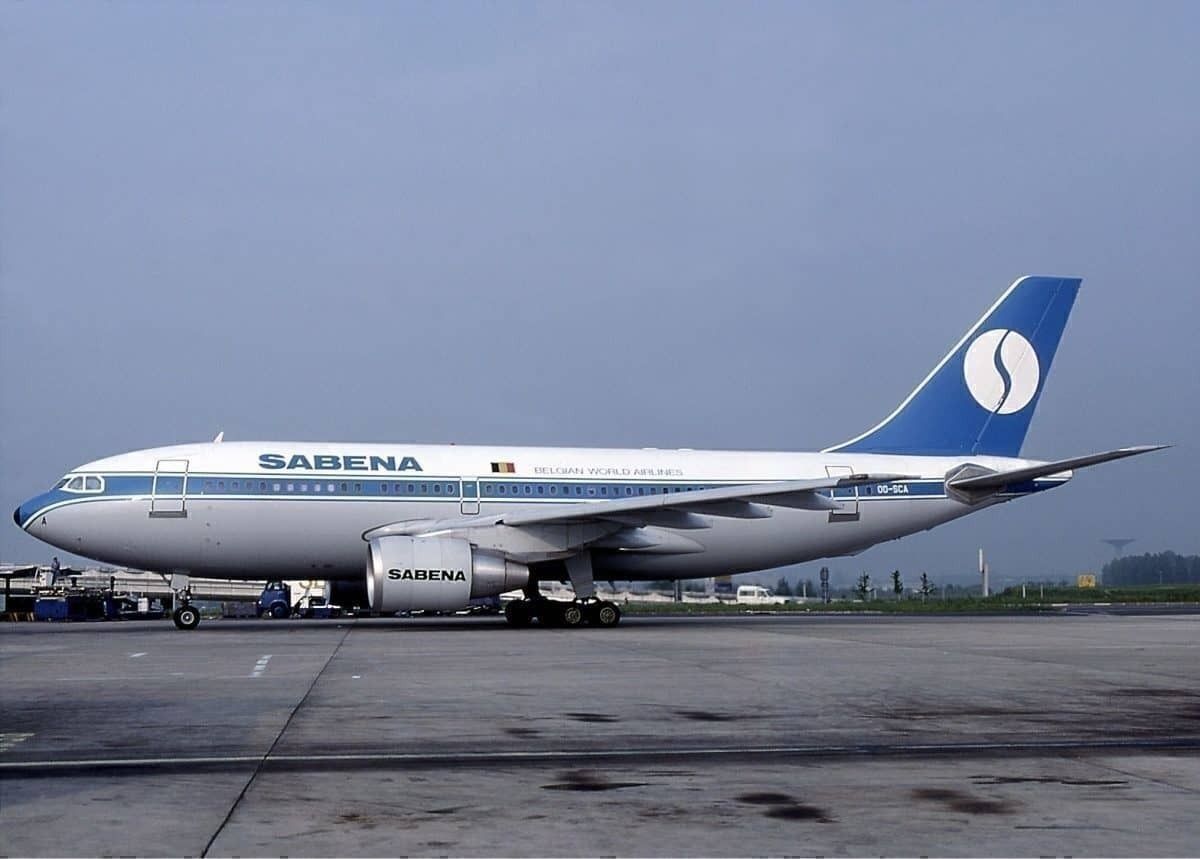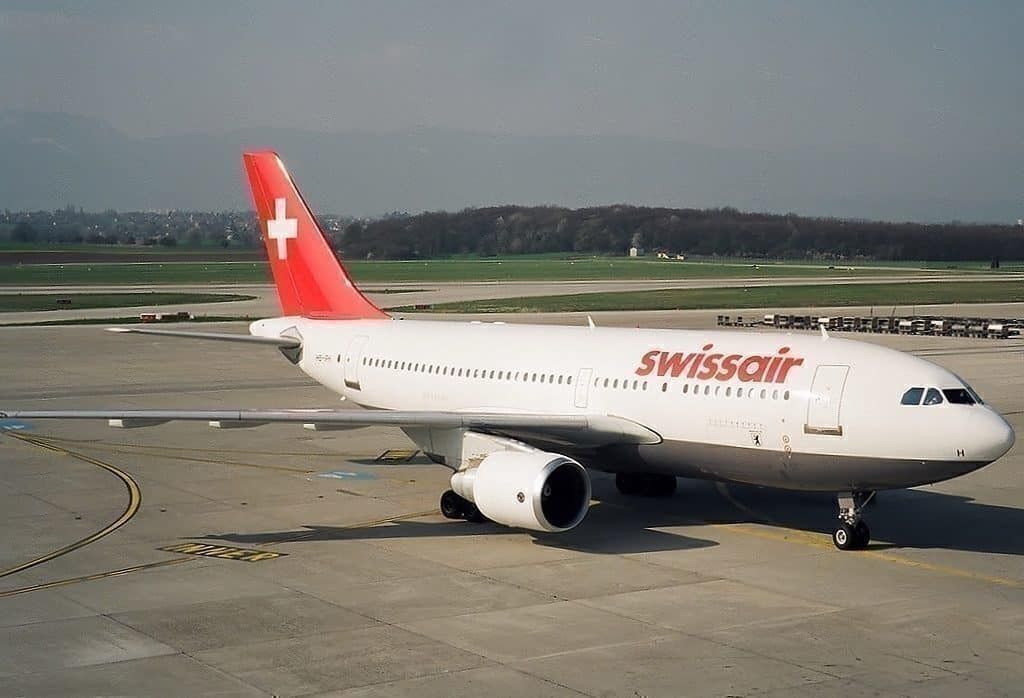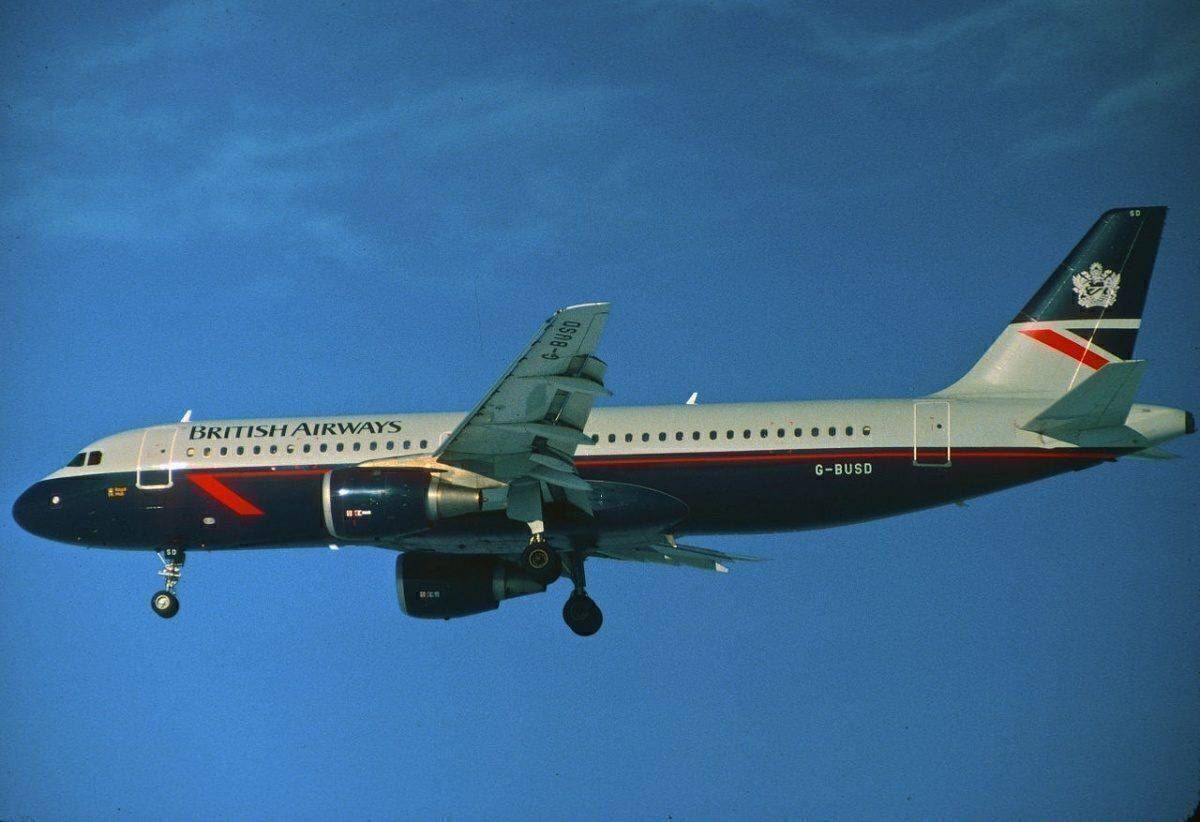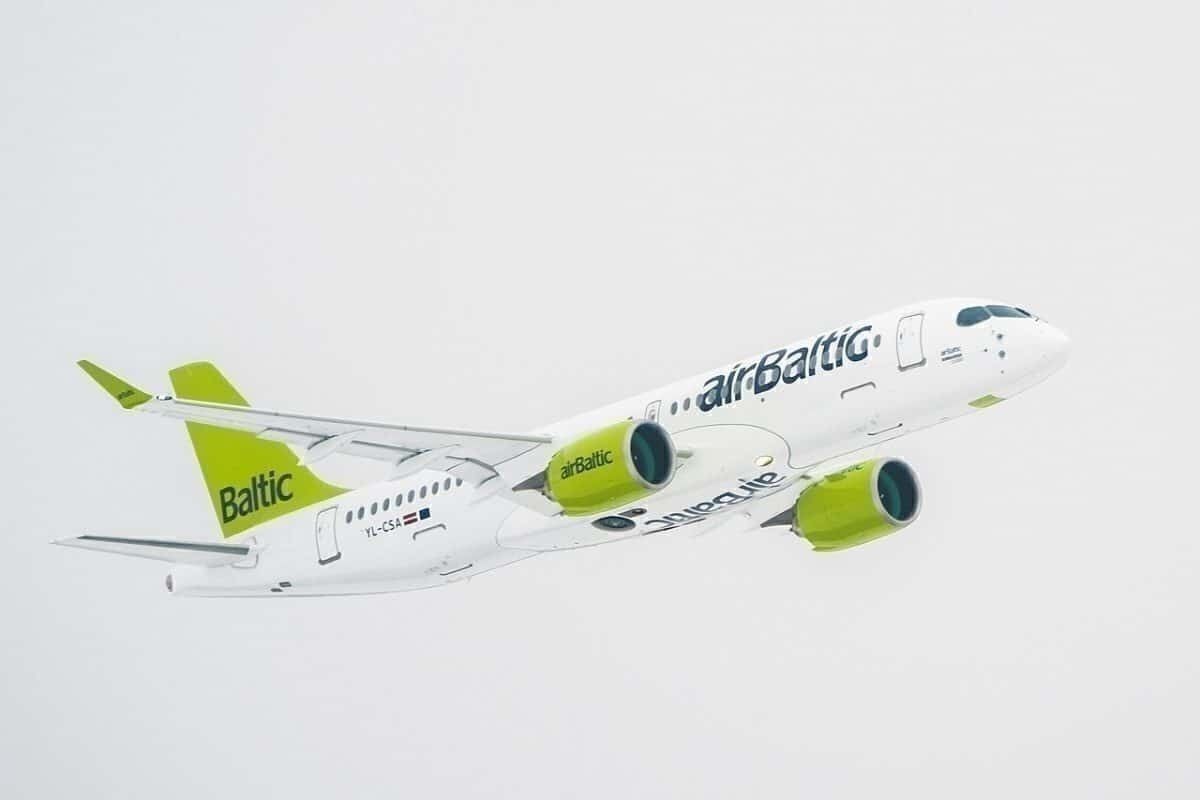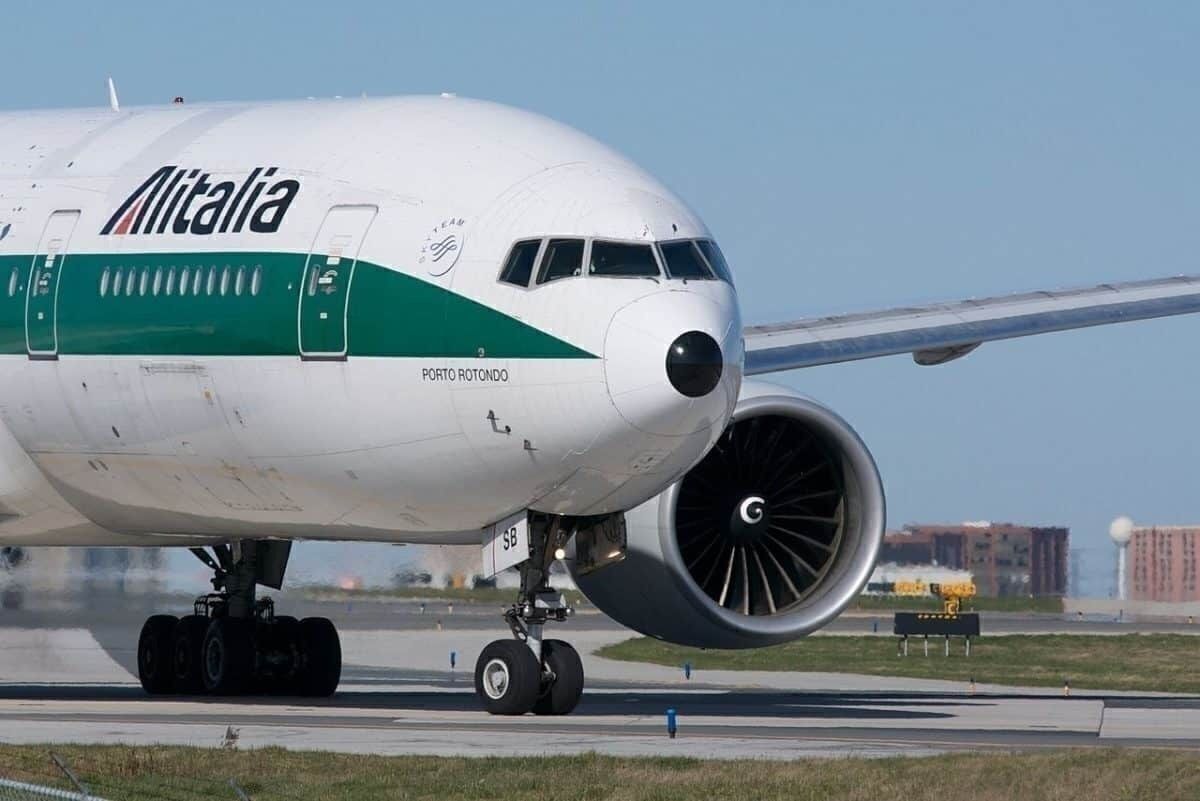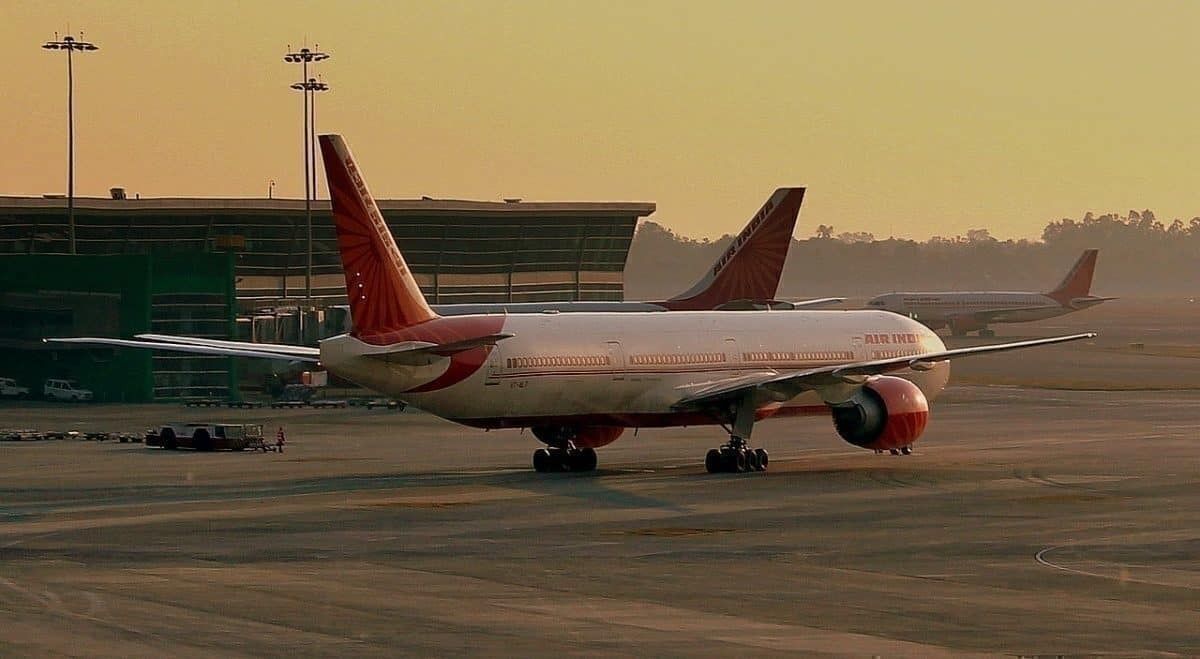A little more than a week ago, we reported on Air Asia's interest in acquiring part of state-owned carrier, Malaysia Airlines. The state has been looking for disinvestment from the troubled airline, yet has set conditions regarding company identity and staffing. The recent Malaysian example is only one of many when it comes to airline privatizations. Here we look at the myriad of methods and challenges to airline denationalization.
The state of airline ownership
Aviation has always been a state-centered issue, culminating from a mixture of strategic interests, national pride, and in some ways, the international aviation system itself.
Today, almost anyone can buy shares in European airlines such as Air France, British Airways, and Lufthansa. Although your financial advisor may not be overly happy, the ability to do so has existed since the 1980s.
Before that, most European airlines were owned by the nation they served, and in turn, served the national policies of the nations they were from. Take, for example, the late Swissair who, before partial private ownership in 1997, was one of the first European airlines to serve the PRC in 1957, perhaps reflecting Switzerland's policy of neutrality.
Outside of Europe, many nations maintain public ownership of their airlines. One needs to look no further than the Middle East, India, or South Africa for examples.
As for the United States, the nation never knew full airline nationalization. Rather, airlines, such as American, were privately owned but strictly regulated when it came to pricing and routes.
Routes to privatization
While the public sector can be viewed as a sound provider of services, such as natural monopolies or public goods, market-specific conditions make aviation a candidate for national disinvestment. Namely, access to private sector capital, management, and efficiencies.
If a government wishes to privatize its airline, it has two broad options; share issuance, and strategic partnership.
Share issuance
The first option, share issuance, was epitomized by British Airway's initial public offering (IPO) by the Thatcher government. At the time, BA was a loss-making giant yet, through reforms and voluntary redundancies, became a hit on the London Stock Exchange.
The BA model furthered privatization across Europe, with airlines such as Air France and Lufthansa following in BA's steps. Each country, however, added their own 'fragrance' of share-led privatizations with Germany, for example, privatizing at a very gradual pace.
Today, share issuance is still considered a viable option for contemporary state-owned airlines such as SAA. The extent of privatization through the offering of shares can also vary according to local desire.
Strategic partnership
The markets are not the only options available for denationalization. Strategic partnership with a local or international private, or state-owned airline can also be a path to national divestment.
Take, for example, airBaltic. While the airline is 80% owned by the state, 20% is owned by Danish investor Lars Thuesen. While Thuesen's share might be comparatively small, a mere 20% external ownership can help the airline obtain capital.
Czech Airlines saw an even more extensive strategic partnership, with Travel Service (Smartwings) eventually taking over the airline (97.74% stake) after purchasing 44% from Korean Air.
While share issues can help raise capital, what strategic partnerships allow for is industry-specific knowledge, contacts, and management skills. For strategic partnerships to thrive, however, the airline in question must be largely isolated from non-commercial influences.
Challenges to privatization
Fundamentally, privatization can be seen as a combination of political and economic choices. As such, any attempt to privatize an entity, airlines included, will stimulate challenges from political and economic detractors.
Politically, airline privatization can be perceived as a retreat of the state from an economic sector. As such, issues of national pride, public service, and labor invariably rise to the table.
Take Alitalia, for example. While Italian governments have long sought disinvestment, be it through a failed strategic partnership with Etihad or any other means, the issue of labor has been key. In the eyes of many, the Italian carrier is bloated with surplus labor and other inefficiencies.
Indeed, the airline serves fewer destinations than Austrian Airlines, yet employs five-thousand people more than their Vienna-based competitor.
Hence, any private-sector investors would likely demand efficiencies and redundancies. This is a reality which has led to an entrenchment of political and labor leaders concerned with the carrier's privatization.
Economically, privatizations can also be challenged by limited access to capital, economic cycles, and poor labor relationships. In the case of Aerolineas Argentinas, a combination of these factors, among others, even led to the re-nationalization of the airline in 2008.
In all, privatization is not the be-all and end-all of an airline's woes. Rather, it is one largely successful way to ensure that a national airline benefits from private sector capital, management skills, and business acumen. The success of privatization, on the other hand, relies on negations, a sound transition, and a capital infrastructure conducive to a private airline.
What do you think of privatizations? Is the private sector the best group to run and operate an airline? Is aviation a public good? Let us know in the comments?

